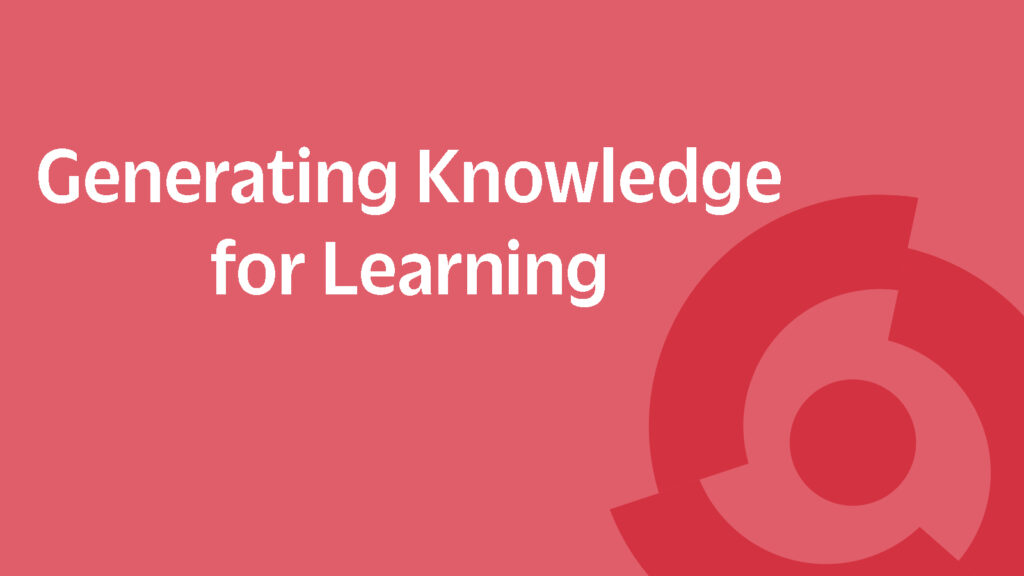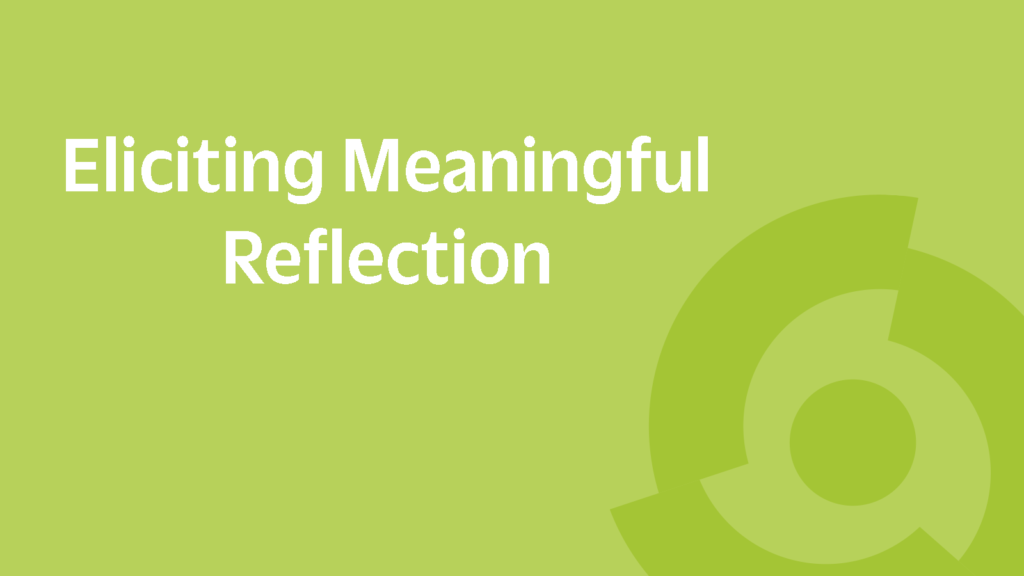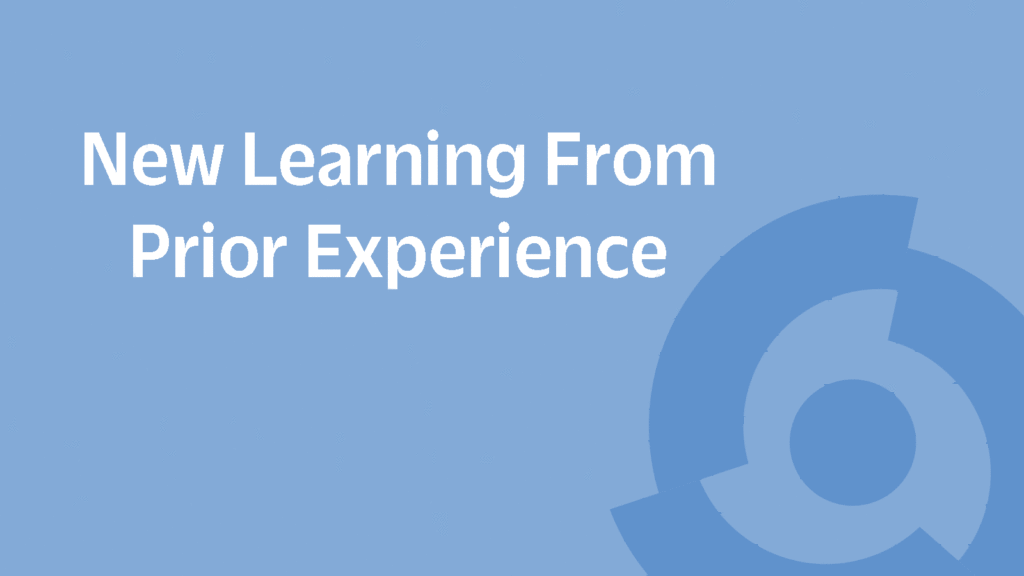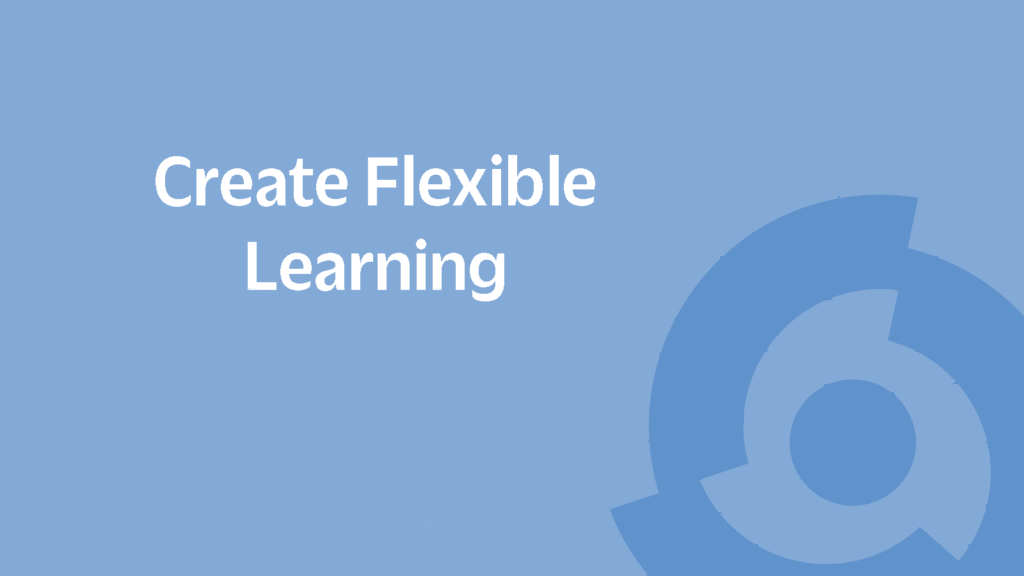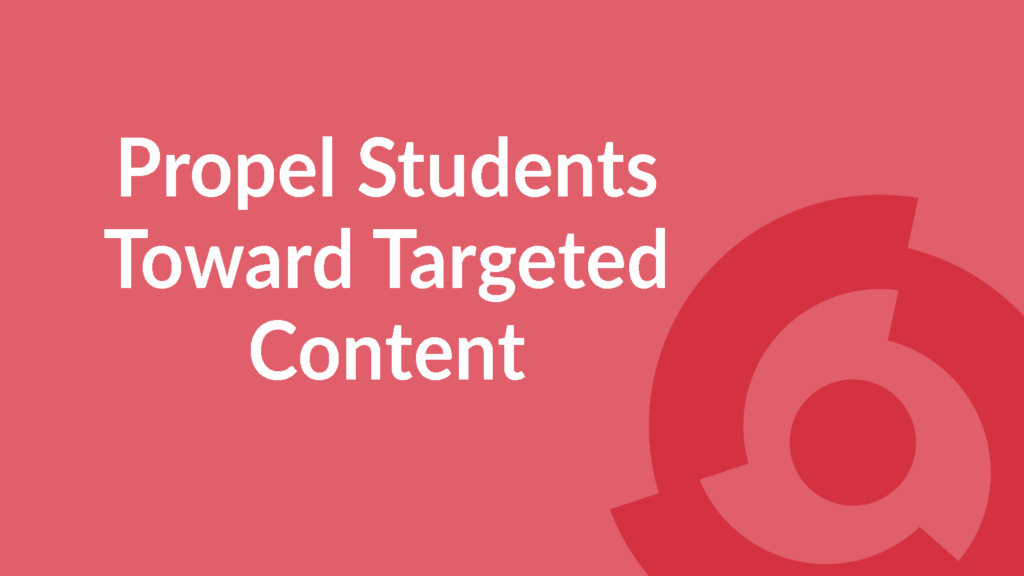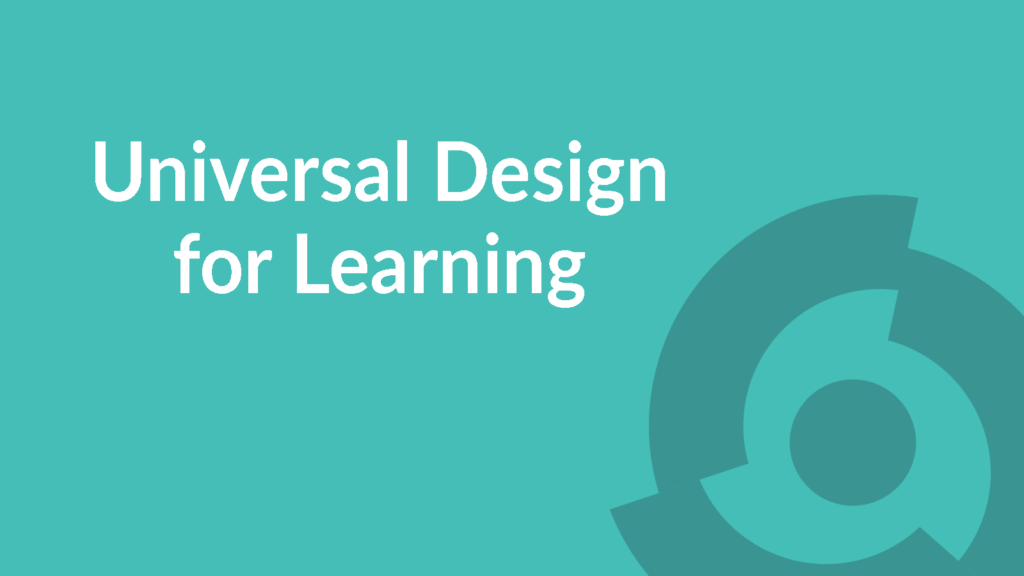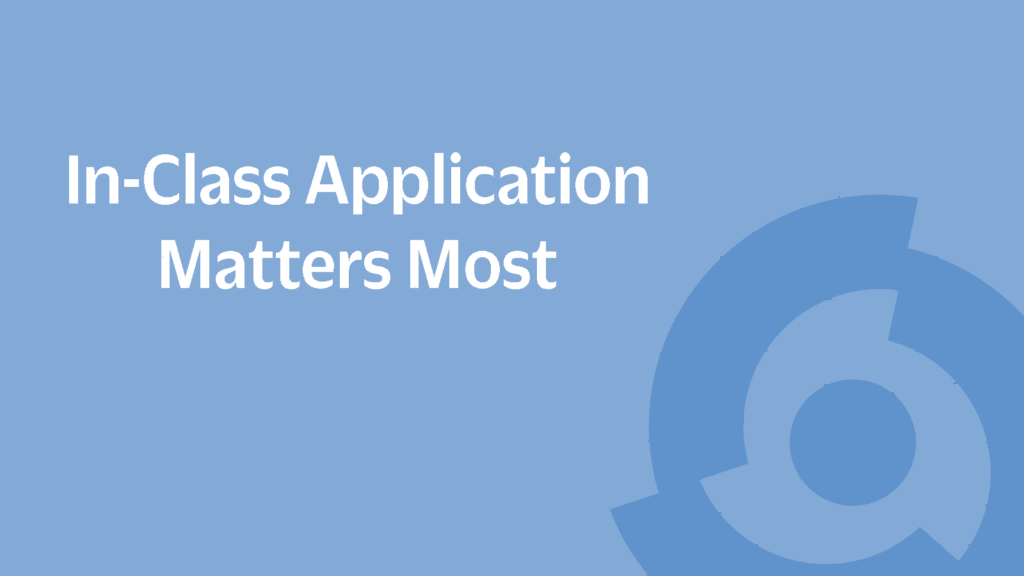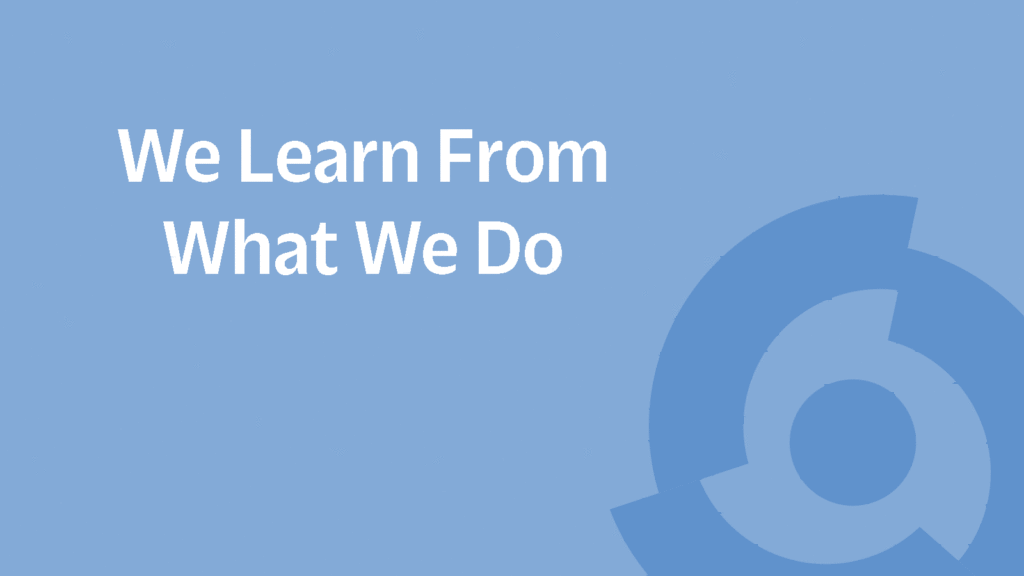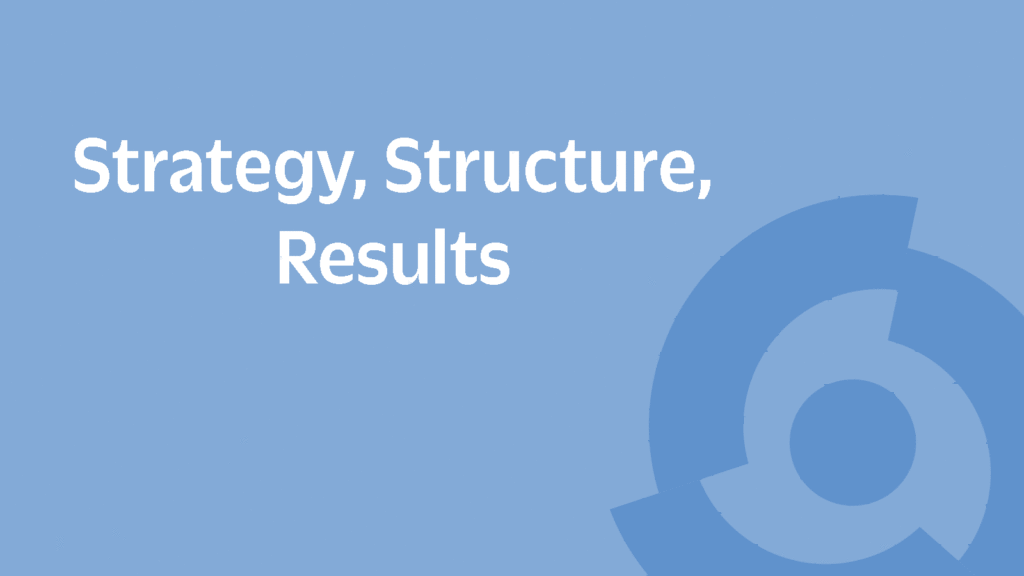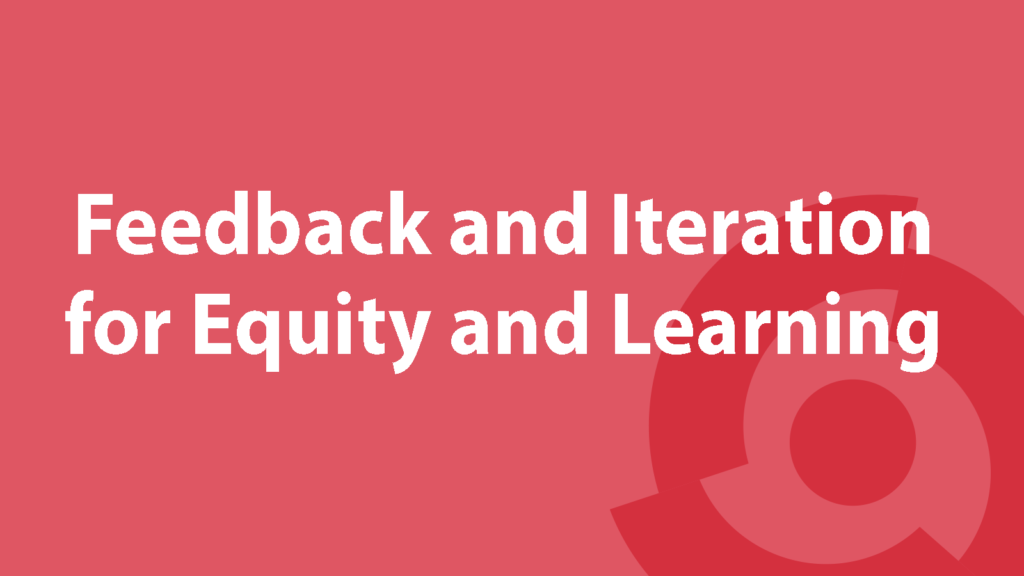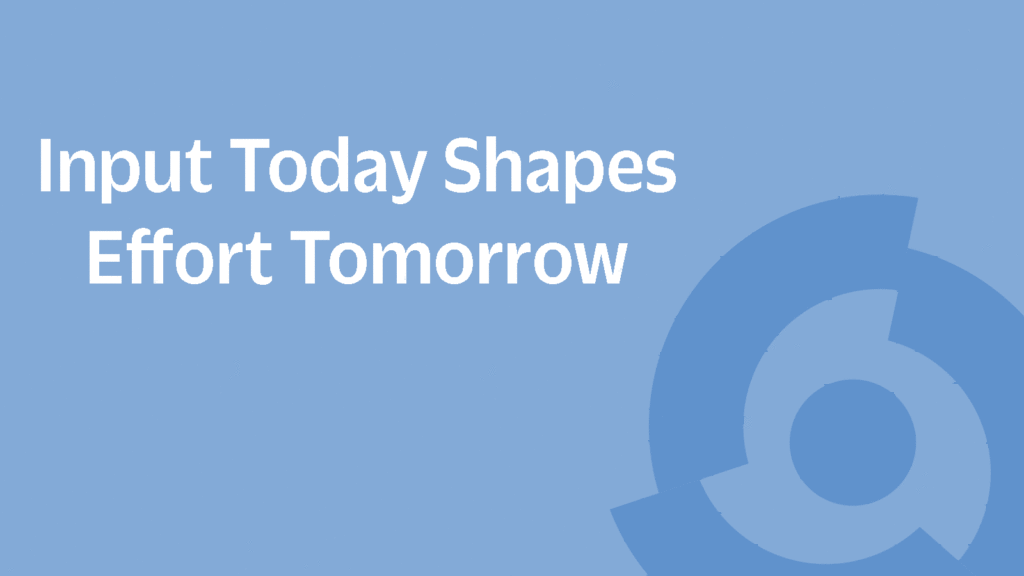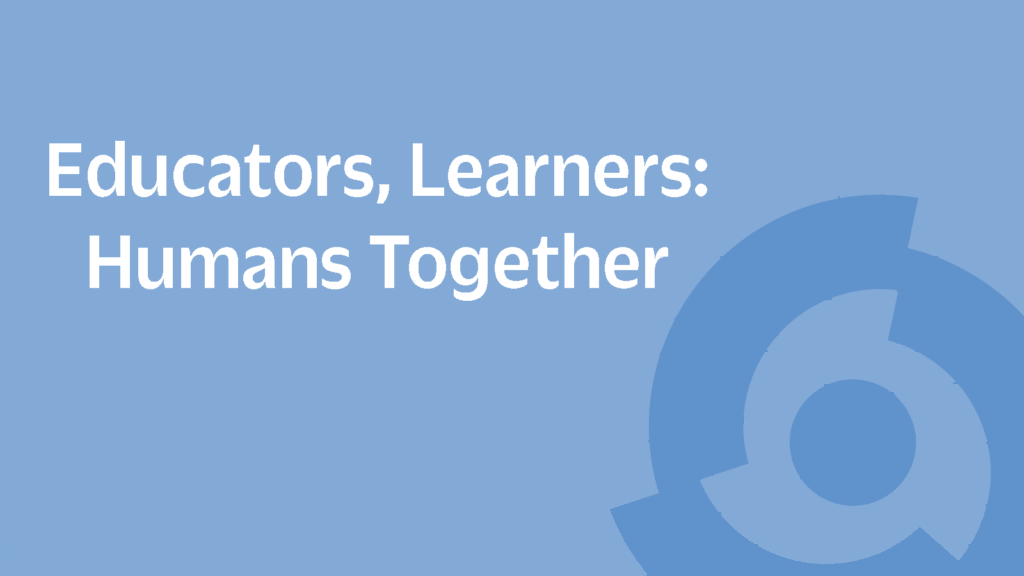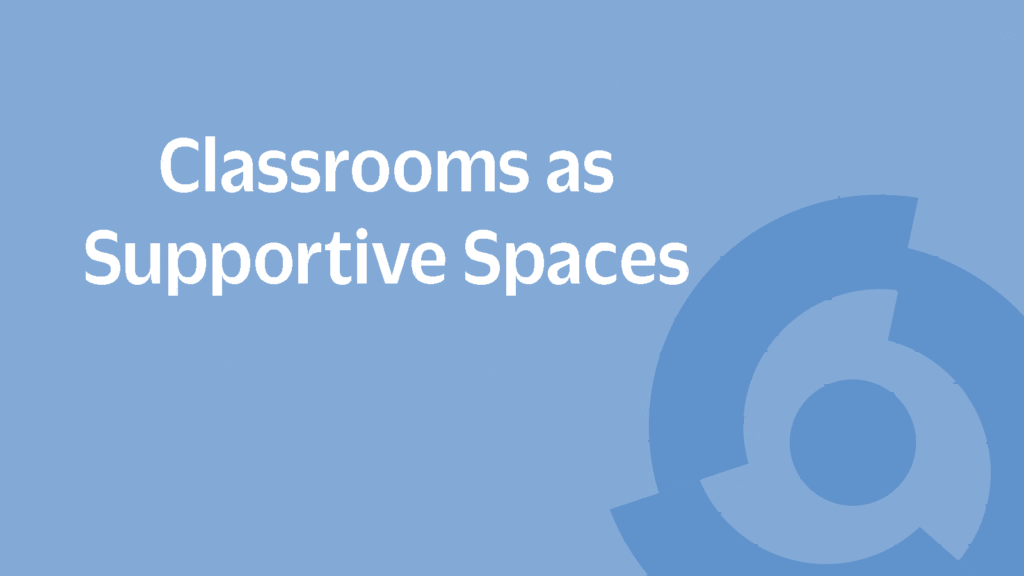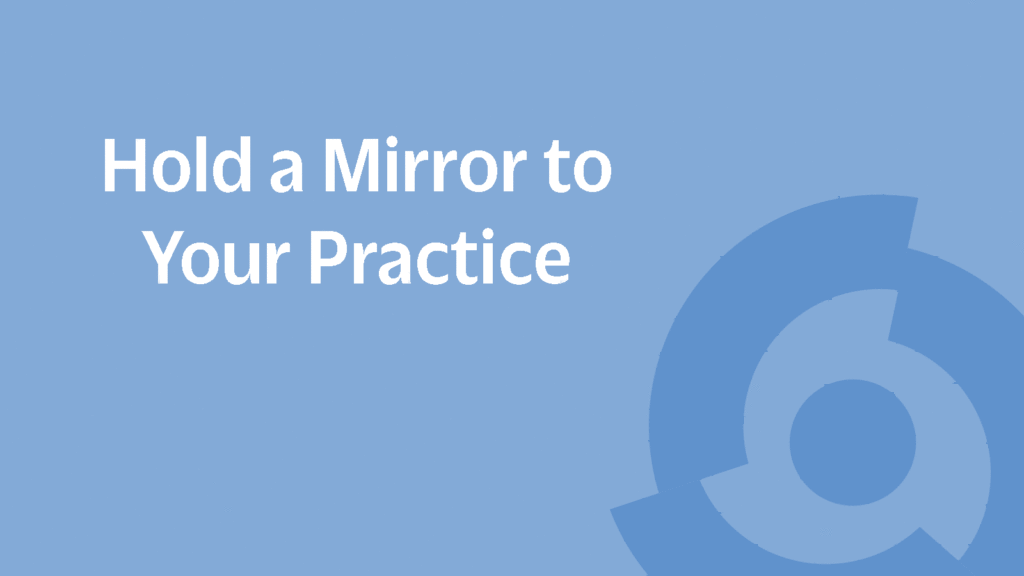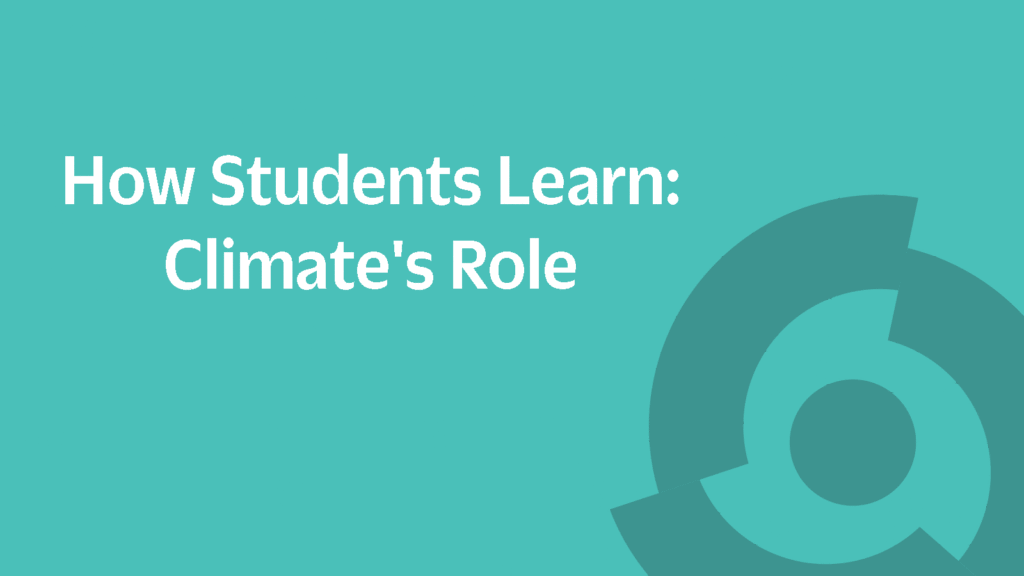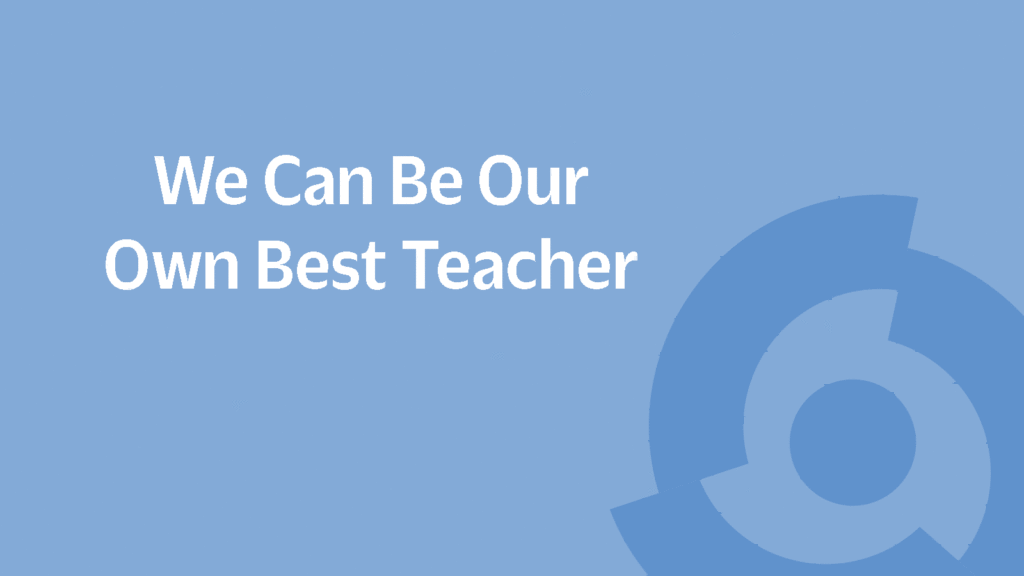Foundations of Learning
It would be convenient if we could simply hand someone new knowledge and skills, or magically inject wisdom into the brain somehow.
Obviously, we cannot. Instead, learning is an active process, performed by the learner. The role of the educator is to maximize the likelihood that learning takes place.
This perspective illuminates a broad collection of learning science literature which has investigated human learning for decades and produced useful findings of many kinds.
One popular collection of seven learning principles (e.g., Ambrose, et al, 2010) can be used to organize evidence-based tips and techniques to help you make practical use of what learning science tells us works best to create learning.
The 7 Principles of Learning
1. Prior knowledge: Students’ prior knowledge can help or hinder learning.
The memories we’ve accumulated from past experiences guide our attention, motivations and decisions from moment-to-moment. If what we’ve learned in the past is robust and activated for us at the right time, it can help us build new knowledge quite quickly. If, however, it is insufficient or inaccurate, it can actually make learning more difficult. This is as true for learning to play tennis as it is for learning statistical methods or literary composition. Sample some tips here or view all posts tagged for Prior Knowledge.
2. Knowledge organization: How learners organize knowledge influences how they learn and apply what they know.
It is said that a novice can look at something and see what’s there, but an expert can look at something and see what’s not there: experts can read the details of a situation for patterns and unexpected deviations from those patterns. In other words, experts organize their knowledge in ways that reflect important relationships embedded in the learning, and enable them to make connections between memories that bring understanding and insight. Explicitly helping learners see the relationships among the things they are learning can make their journey from novice to expert faster and more efficient. Sample some tips here or view all posts tagged for Knowledge Organization.
3. Motivation: Learners’ motivation determines, directs, and sustains what they do to learn.
What we do in any given moment is of course determined by what want. But many features of that moment can influence what we want and how badly. How much choice do we feel? How much do we value a specific outcome? How likely do we feel our efforts will affect a result? Regardless of what you are helping others learn, the extent to which you can help learners bring a sense of choice, value, and mastery to the experience, the more motivated they will be. Sample some tips here or view all posts tagged for Motivation.
4. Mastery: To develop mastery, learners must acquire component skills, practice integrating them, and know when to apply them.
There is more to mastery than just “knowing things.” More to the point, mastery involves not only knowing a specific concept or skill, but also knowing how to make use of it, and being able to recognize the conditions that call for it. True mastery of a complex skill also requires deep understanding of component skills and how they fit together–in basketball, for example, this means knowing how to dribble, pass, and shoot as well as how to put all those pieces together in a dynamic and effective flow. The same need to integrate component skills into an effective whole is true for any complex skill. Sample some tips here or view all posts tagged for Mastery.
5. Goal-directed practice and targeted feedback: Goal-directed practice coupled with targeted feedback enhances the quality of learning.
You cannot tell a learner physics, a life skill, or an athletic ability. You can tell them about these things, but in order for them to build their own understanding of these things at a deep enough level to make effective use of that understanding, the simple fact is that they need practice and guidance. Importantly, learners must have a clear understanding of “where they are going” in terms of a clearly-expressed learning outcome, so the educator and learner together can assess their progress along the way. Sample some tips here or view all posts tagged for Practice and Feedback.
6. Climate: Learners’ current level of development interacts with the social, emotional, and intellectual climate of an experience to impact learning.
Regardless of what we are trying to help others learn, we must consider the learner as a whole person who will connect to your learning opportunity with different intellectual, social, and emotional needs, depending upon their background. The combination of these elements in an experience is called its “climate”–but there is no “one size fits all” climate you can create. First-year members of an athletic team will bring different sets of needs to the learning experience than professional students taking an evening graduate course while working full time. It is therefore crucial to consider how to create a climate that best expresses “respect” to your learners in the manner that they will best receive it, based upon your goals and their level of development. Sample some tips here or view all posts tagged for Climate.
7. Self-directed learning: To become self-directed learners, students must learn to monitor and adjust their approaches to learning.
Self-directed learning is collection of skills and habits that equip a learner to navigate through an ongoing set of experiences toward a desired end. Specifically, the learner must think critically about the demands of the task at hand, evaluate their own strengths and weaknesses in relation those demands, develop a plan for engaging in the task, and–importantly–monitor and adjust their behavior across the execution of that plan. Fortunately, there are many things we as educators can do to help learners acquire and perform these skills. Sample some tips here or view all posts tagged for Self-Directed Learning.

